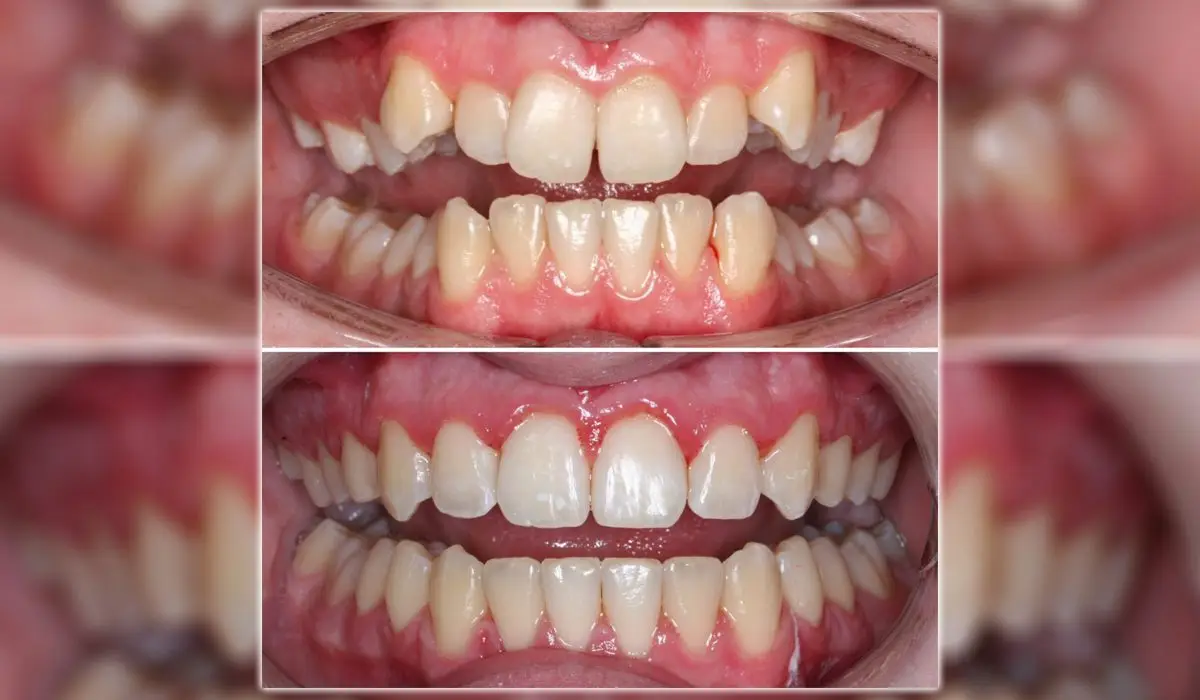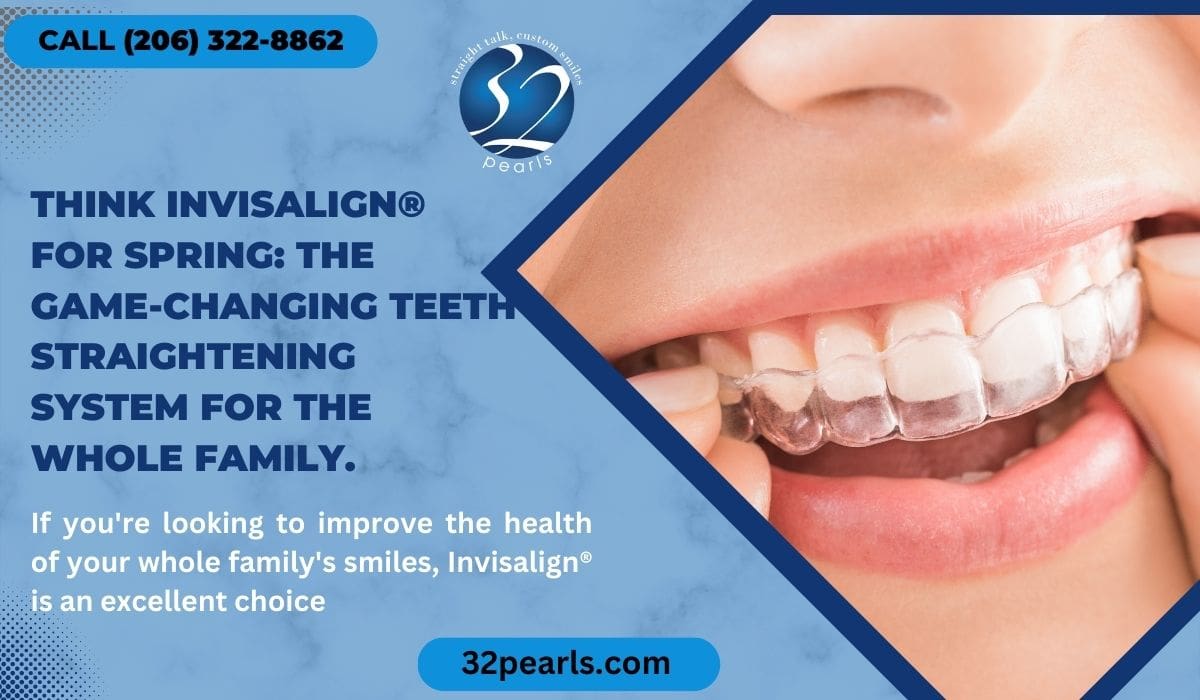Invisalign for Teenagers: A Modern Solution to Straightening Young Smiles
Invisalign for Teenagers: A Modern Solution to Straightening Young Smiles
Blog Article
Invisalign vs. Traditional Braces: Which Option Is Right for You?
When thinking about orthodontic therapy, the option in between Invisalign and standard braces presents numerous important elements that merit cautious examination. Invisalign provides a very discreet alternative with removable aligners, while conventional braces give an extra noticeable yet effective remedy for extreme imbalance. Each alternative encompasses distinct advantages and disadvantages associated with aesthetics, convenience, treatment period, and expense. Understanding these nuances is vital for making an educated choice that aligns with your personal choices and way of living. The concern stays: which alternative will finest fulfill your orthodontic needs and assumptions?
Summary of Therapy Options

In comparison, standard dental braces contain metal brackets and wires that are adhered to the teeth. This method applies constant stress in time to achieve positioning. While effective for complicated orthodontic problems, typical dental braces require normal gos to for modifications and can present obstacles in maintaining dental health because of the difficulty of cleansing around wires and braces.
Both alternatives have their benefits, and the choice usually depends upon certain dental problems, way of life choices, and client compliance. Ultimately, consulting an orthodontic specialist is vital for figuring out the most ideal treatment strategy tailored to individual demands. Understanding the nuances of each alternative can dramatically influence the general success of orthodontic treatment.
Visual Considerations
A considerable aspect influencing the option between Invisalign and conventional dental braces is the visual charm each therapy offers. Invisalign aligners are crafted from clear plastic, making them practically invisible when worn.
In comparison, typical dental braces include steel brackets and cables, which can be a lot more visible. While improvements in orthodontic modern technology have resulted in the advancement of smaller sized braces and colored elastics, typical dental braces still maintain a more obvious profile. For some individuals, the visibility of dental braces might discourage them from seeking required therapy.
Inevitably, the selection in between Invisalign and typical braces might depend upon personal choices concerning aesthetic appeals. Patients who prioritize discernment often favor Invisalign, while those that are much less worried regarding exposure might go with standard braces. Understanding the aesthetic effects of each alternative is essential for making an educated choice that lines up with one's lifestyle and choices.
Comfort and Convenience

In terms of comfort, Invisalign aligners are detachable, allowing individuals to appreciate their favorite foods without restriction and preserve optimum dental health. Cleaning and flossing are streamlined, as the aligners can be obtained during these regimens, whereas conventional dental braces call for mindful maneuvering around braces and cables.
In contrast, typical braces necessitate normal adjustments, making them less practical for those with active routines. Overall, find more information the comfort and comfort of Invisalign make it an enticing choice for numerous individuals seeking visit orthodontic treatment.
Therapy Period and Efficiency
While both Invisalign and conventional braces are reliable in fixing oral misalignments, the duration of therapy can differ substantially in between both options. Commonly, Invisalign treatment can take anywhere from 12 to 18 months, depending upon the intricacy of the situation. The clear aligners work by progressively moving teeth right into their wanted settings, and routine follow-ups with an orthodontist assistance ensure progression stays on track.
On the other hand, traditional braces usually call for a longer commitment, generally varying from 18 months to 3 years. This is due to their set nature and using brackets and cables, which can be a lot more reliable for complex cases and serious imbalances (Invisalign). The treatment effectiveness of traditional dental braces is well-documented, as they enable exact adjustments and greater control over tooth activity
Ultimately, the option between Invisalign and standard braces might rest on both the anticipated therapy duration and the particular dental problems available. Consulting with an orthodontist is vital, as they can offer customized suggestions based on private requirements, making sure the chosen technique straightens with desired timeframes and end results.
Price Contrast and Insurance Alternatives
Cost plays a substantial function in the decision-making process for individuals thinking about orthodontic treatment, whether selecting Invisalign or traditional dental braces. Generally, the price of Invisalign ranges from $3,000 to $8,000, while conventional dental braces typically set you back in between $2,000 and $6,000. Factors affecting these expenses consist of the complexity of the case, the period of treatment, and geographical area.
Numerous dental insurance policy plans offer partial protection for orthodontic therapies, yet the specifics can vary widely. Normally, typical braces might be extra regularly covered by insurance coverage plans contrasted to Invisalign, which some insurance providers categorize as an aesthetic procedure.
Additionally, numerous orthodontic methods use flexible repayment plans, making both therapy options a my link lot more accessible. People need to ask about prospective funding options and discounts for upfront settlements. Reviewing the total expense, consisting of insurance coverage advantages and payment strategies, is vital for making an informed choice that straightens with both aesthetic choices and budget considerations.
Conclusion
In recap, the choice in between Invisalign and conventional braces hinges on multiple aspects, including aesthetic preferences, comfort, therapy period, and cost. Invisalign provides a very discreet, removable choice that assists in dental health and dietary flexibility, while standard dental braces might be better for intricate dental problems and commonly come at a reduced rate factor. Inevitably, assessment with an orthodontist is important to assess specific scenarios and determine one of the most suitable therapy alternative for achieving ideal oral alignment.
When thinking about orthodontic therapy, the selection between Invisalign and standard braces offers numerous important variables that merit cautious examination.Contrasting Invisalign and conventional dental braces discloses unique therapy options for orthodontic improvement.While both Invisalign and traditional braces are efficient in remedying dental imbalances, the period of therapy can vary substantially in between the two choices.Cost plays a considerable function in the decision-making procedure for people thinking about orthodontic therapy, whether choosing for Invisalign or typical dental braces.In summary, the choice between Invisalign and typical braces pivots on several variables, consisting of aesthetic choices, convenience, treatment duration, and cost.
Report this page